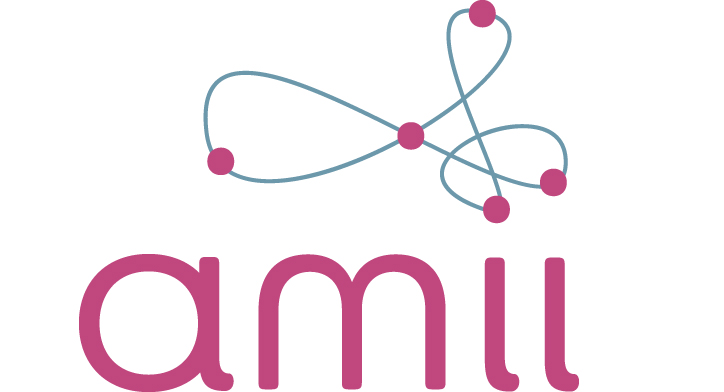Geometric and Topological Representation Learning
IEEE International Workshop on Machine Learning for Signal Processing (MLSP) 2025
Sunday, August 31, 9:00-12:00 • Istanbul, Turkey
Real-world data in natural and social sciences typically exhibit intricate and complex relationships that are well-suited to be represented as graphs, point clouds and time series among other geometric and topological structures. Embedding appropriate inductive biases into deep learning models is thus essential in building systems that can learn and generalize from such data. Machine learning on graphs in particular has seen rapid development in recent years, owing much to advances in graph representation learning (GRL), a large family of methods with close connections to signal processing designed to encode sparse graph structured data into dense vector form in graph representations. Thanks to their ability to leverage data-intrinsic geometries, graph neural networks (GNN) have been in the forefront of GRL, while later work have built upon this foundation to arrive at a wide selection of complex and powerful GNN architectures addressing expressivity, multi-resolution signals, or implicit symmetries. These developments have collectively facilitated the use of GNNs in a variety of applications ranging from recommender systems and traffic forecasting to biochemistry and materials science, while also spawning novel subfields that extend these learning paradigms to even more complex structures in temporal graphs or simplicial complexes. In this tutorial, we aim to provide a bottom-up view of modern graph representation learning and its extensions to related topological structures. Our tutorial aims to appeal to a large audience including both newcomers into the field of geometric representation learning as well as research and industry experts.
Resources
Slides
Tutorial slides are available for preview below and download in PPTX and PDF formats.
Code and Examples
Organizers
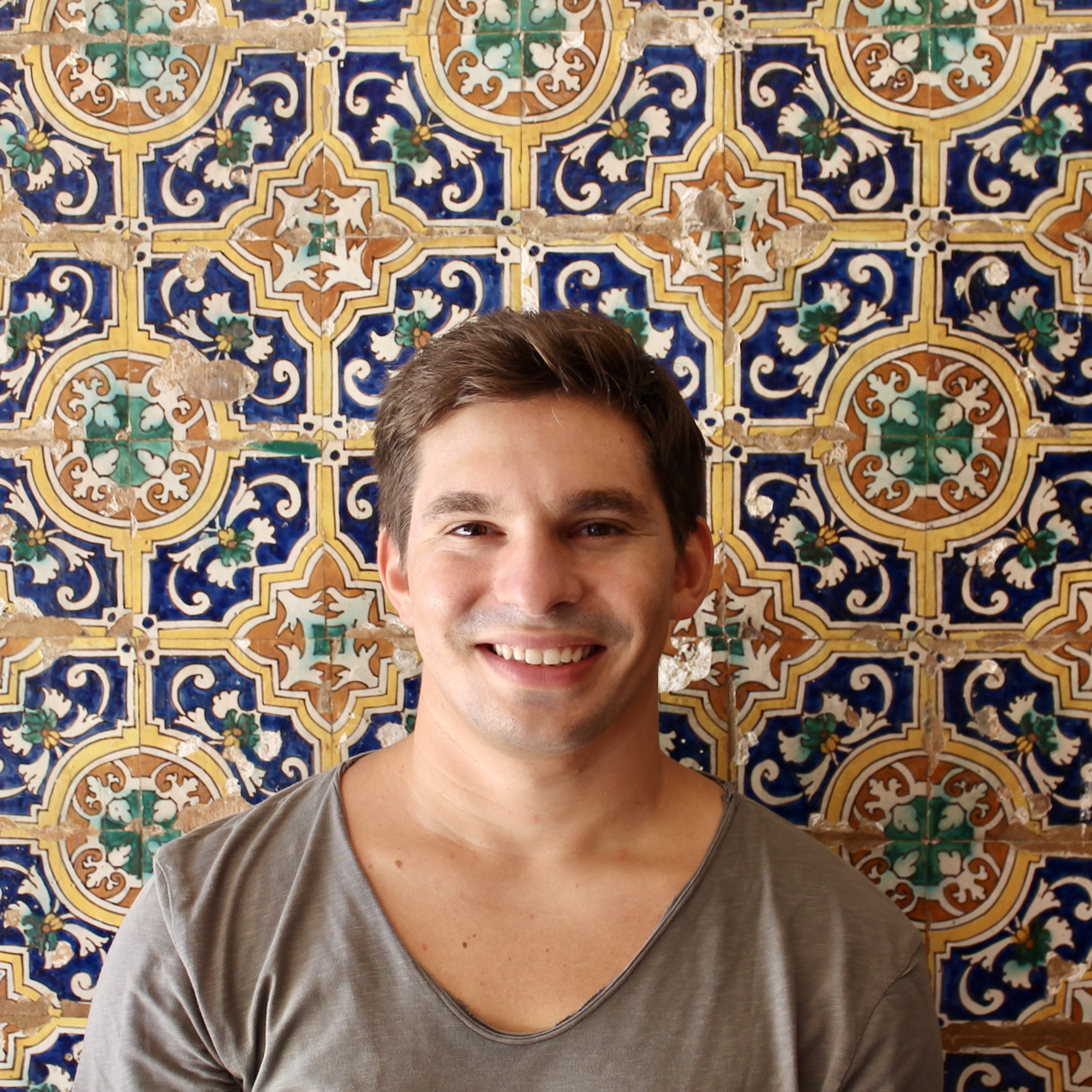
Semih Cantürk
Université de Montréal & Mila
PhD student with Guy Wolf at Mila & UdeM. His research focuses on graph representation learning, graph signal processing, and geometric deep learning, with applications to molecular machine learning and combinatorial optimization problems.
Hamed Shirzad
University of British Columbia
PhD student at the University of British Columbia with Danica J. Sutherland. His research focuses on graph representation learning and graph transformers, spanning theory and practice, with applications to biological knowledge graphs and molecular graphs.
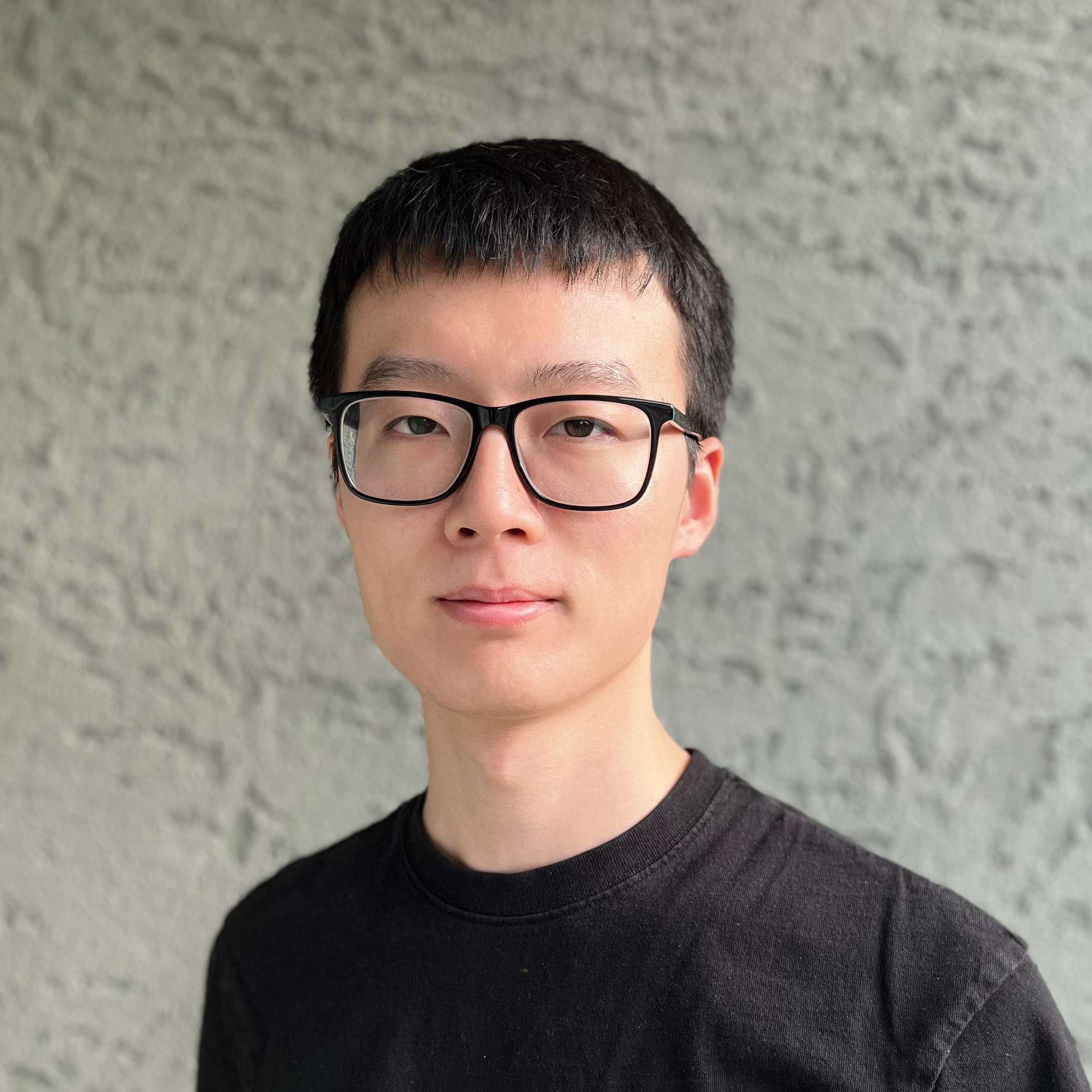
Qi Yan
University of British Columbia & Vector Institute
PhD student in ECE at UBC with Renjie Liao. His research centers on graph representation learning and generative models for structured and geometric data, with applications spanning robotic motion prediction, time series modeling, and molecular synthesis.
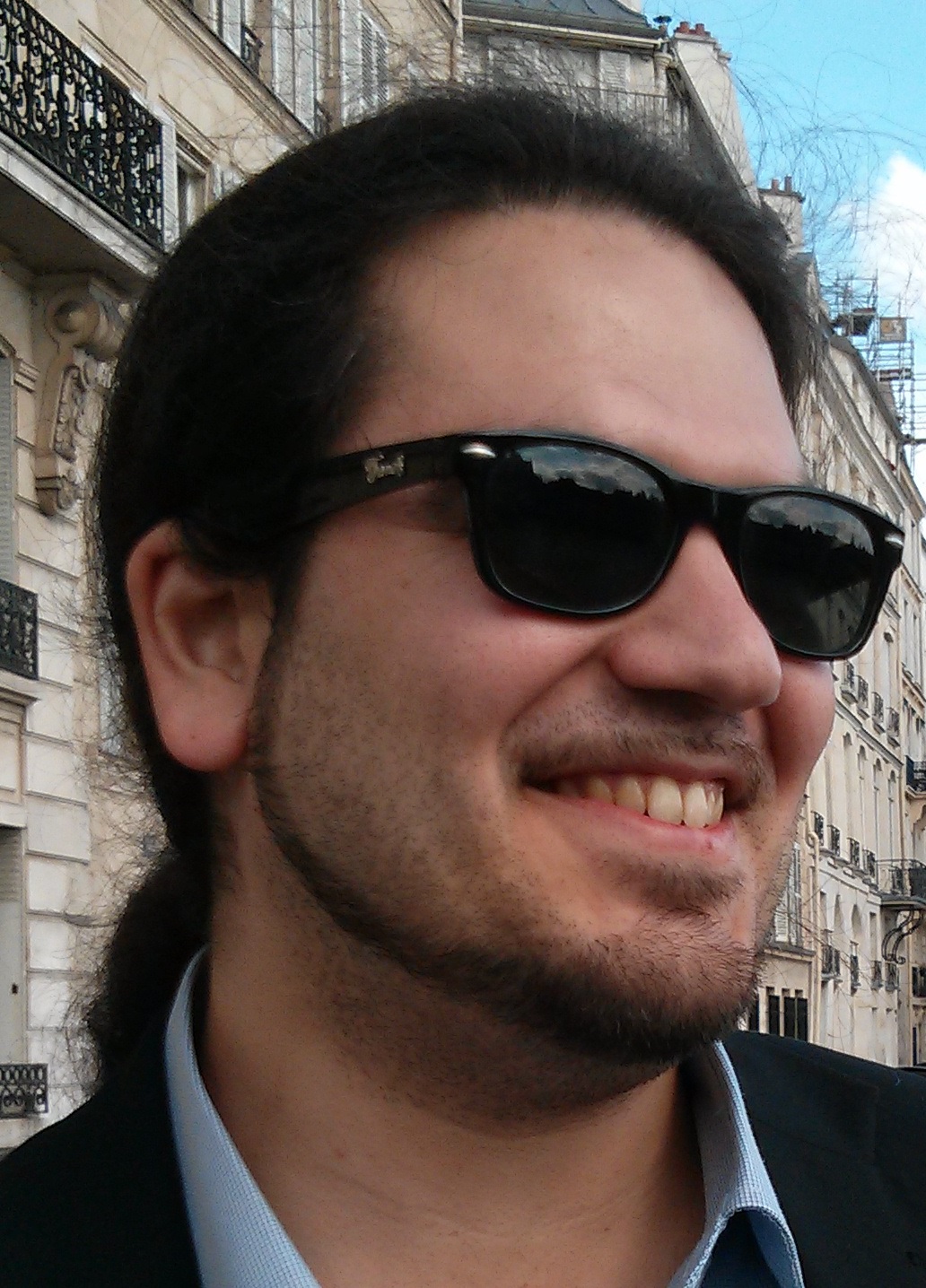
Guy Wolf
Université de Montréal & Mila
Associate Professor (Math & Stats, UdeM) and Core Member at Mila. Research: manifold/representation learning and geometric deep learning for exploratory analysis (dimensionality reduction, visualization, denoising, augmentation), with applications in biomedical data.
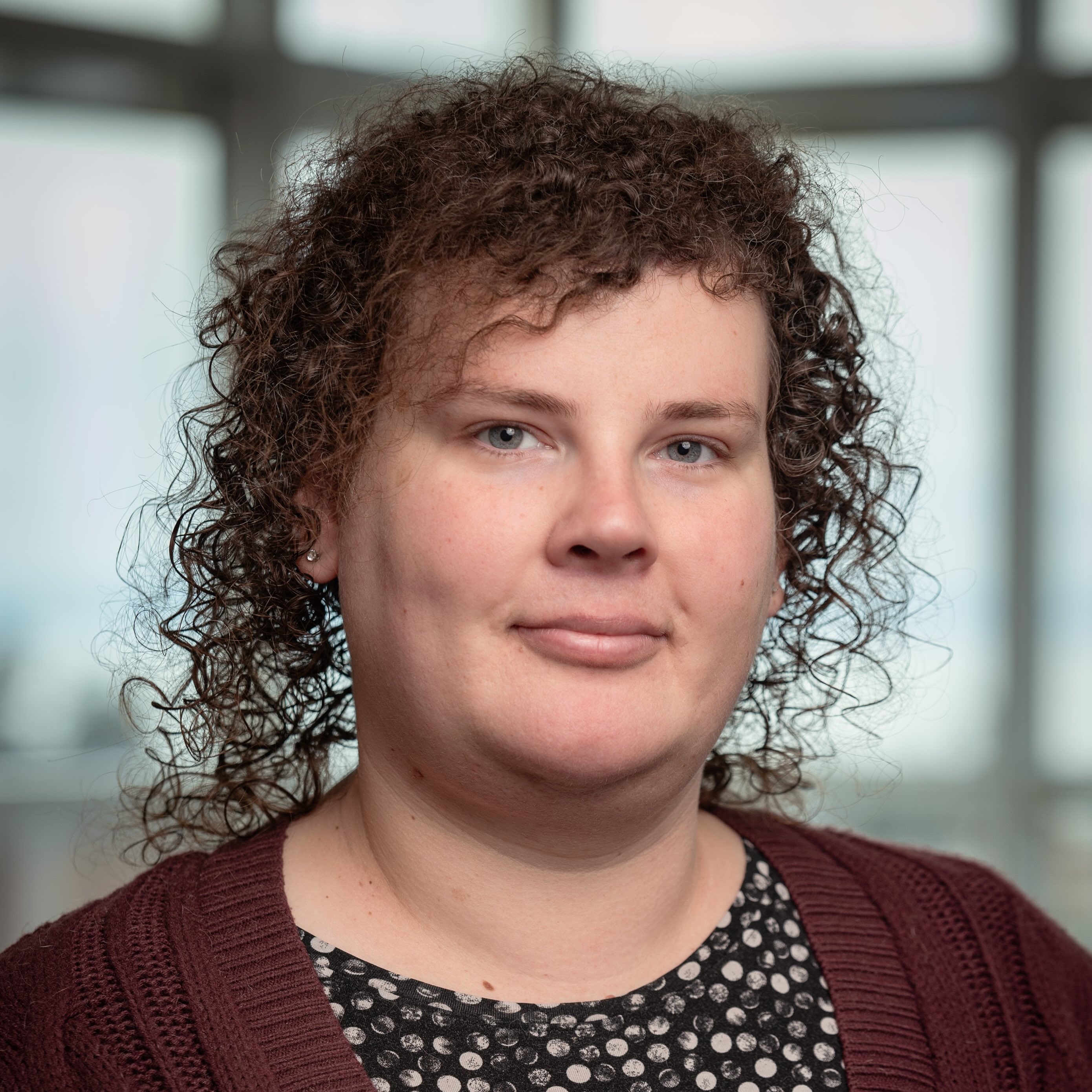
Danica J. Sutherland
University of British Columbia & Amii
Assistant Professor (CS, UBC) and CIFAR AI Chair at Amii. Research: machine learning and statistics, including representation learning (graphs), distribution comparison/testing, and statistical learning theory; awards include ICLR 2025 and FAccT 2023 best papers.
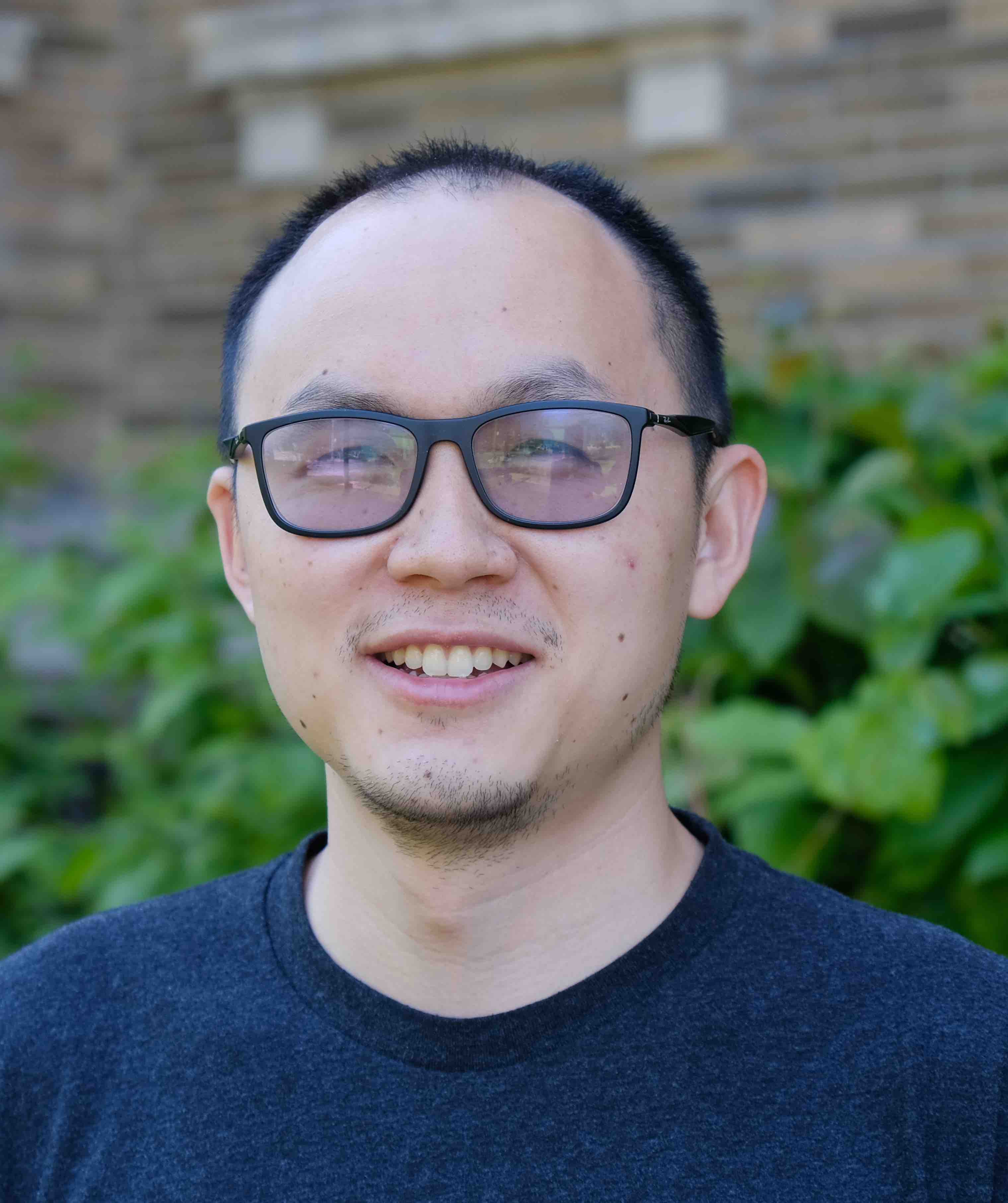
Renjie Liao
University of British Columbia & Vector Institute
Assistant Professor (ECE, UBC; Associate Member, CS), Vector Institute faculty, CIFAR AI Chair. Research: probabilistic and geometric deep learning with applications in computer vision, self-driving, and healthcare.
Venue
The Geometric and Topological Representation Learning tutorial took place during the IEEE International Workshop on Machine Learning for Signal Processing (MLSP) 2025, held August 31-September 3, 2025 in Istanbul, Turkey.

Organizers are affiliated with:



